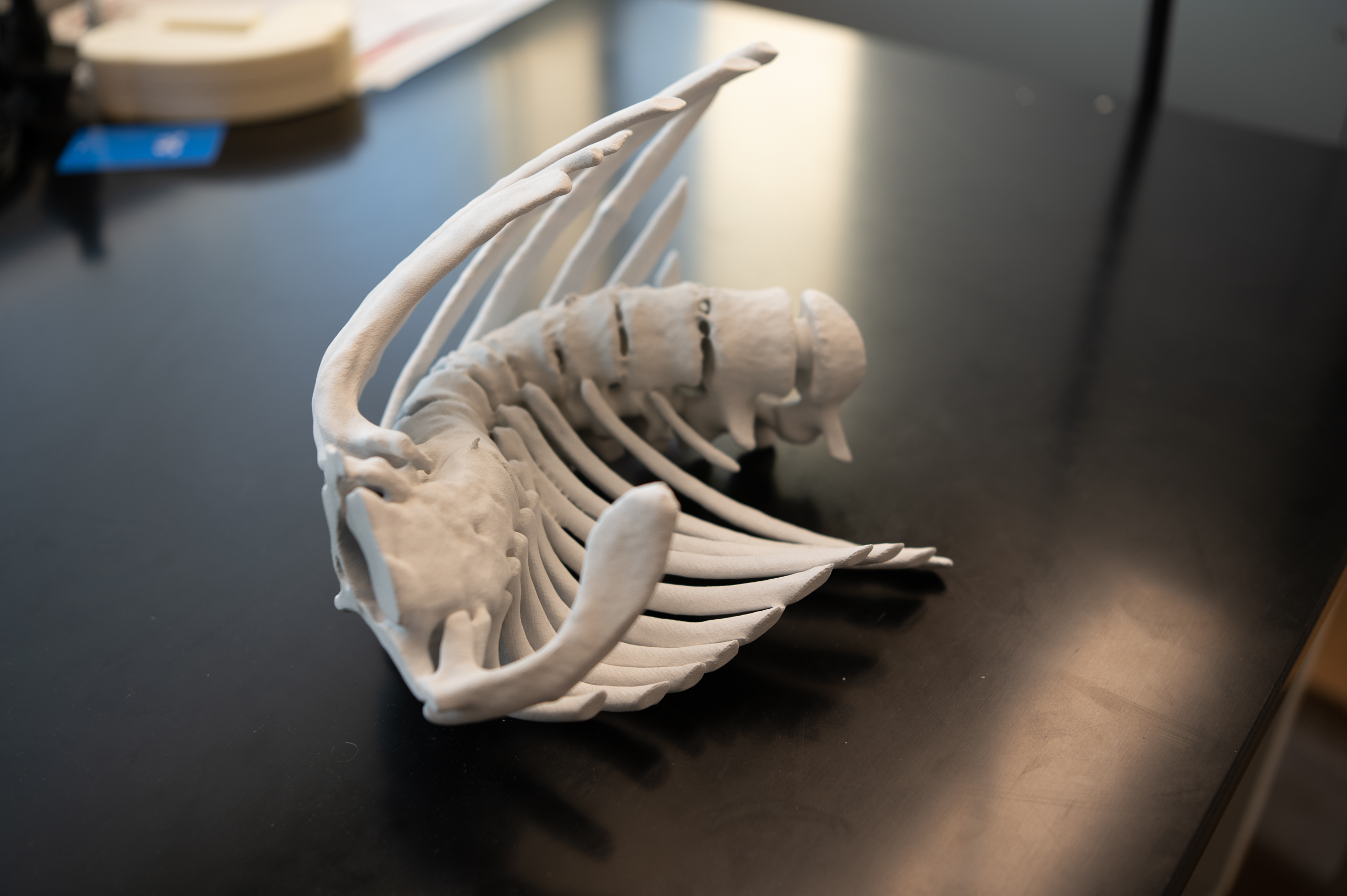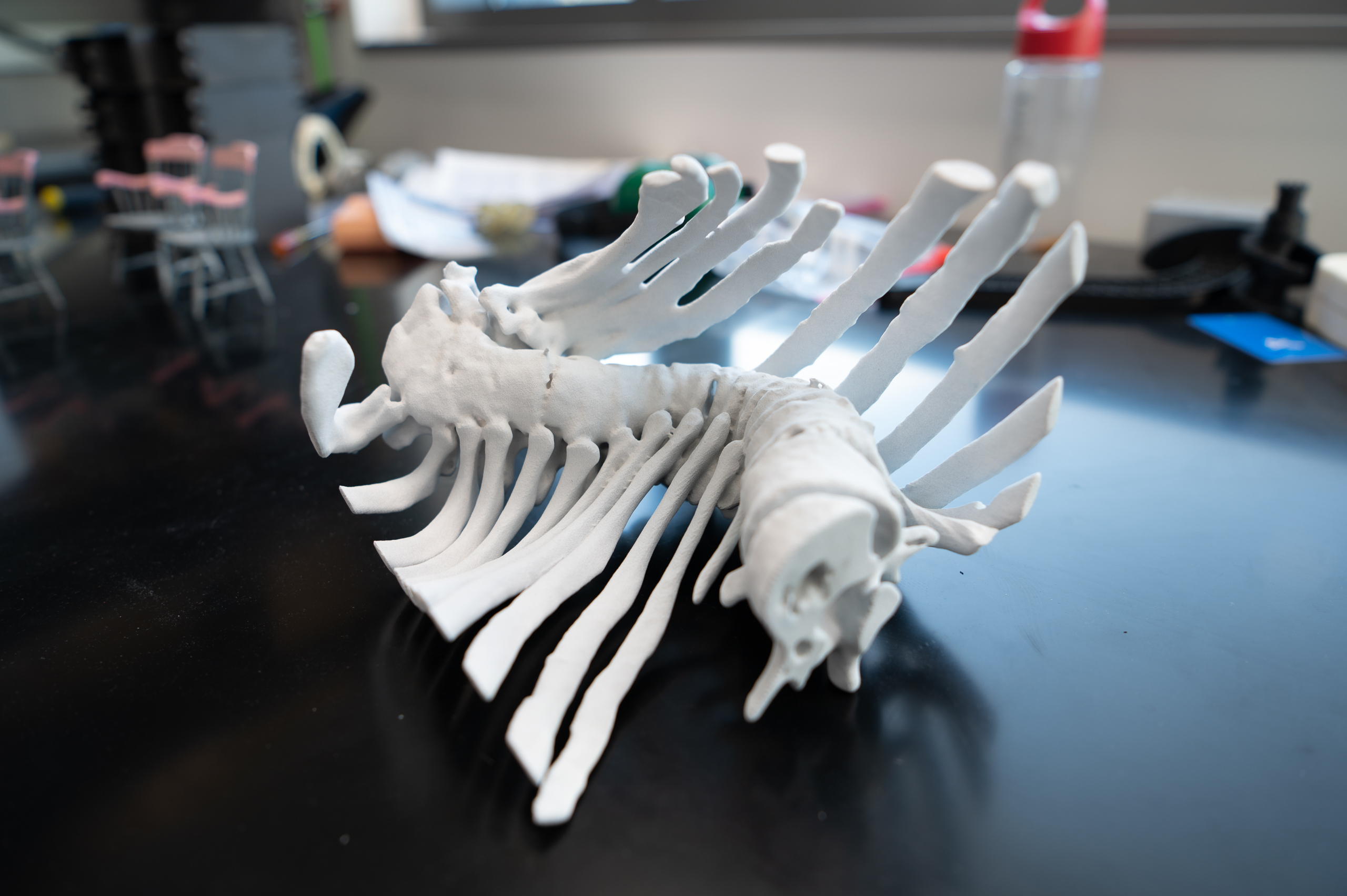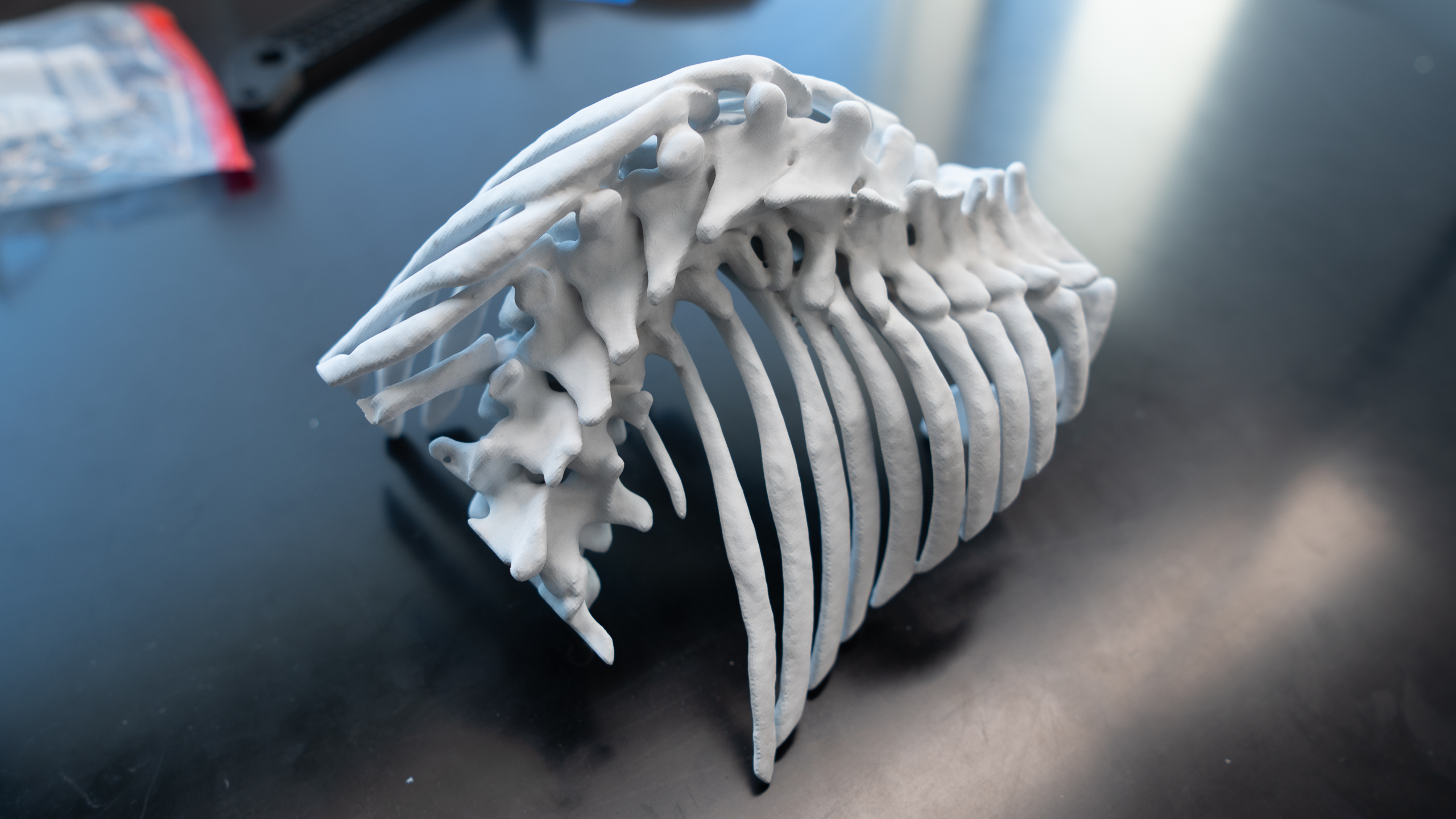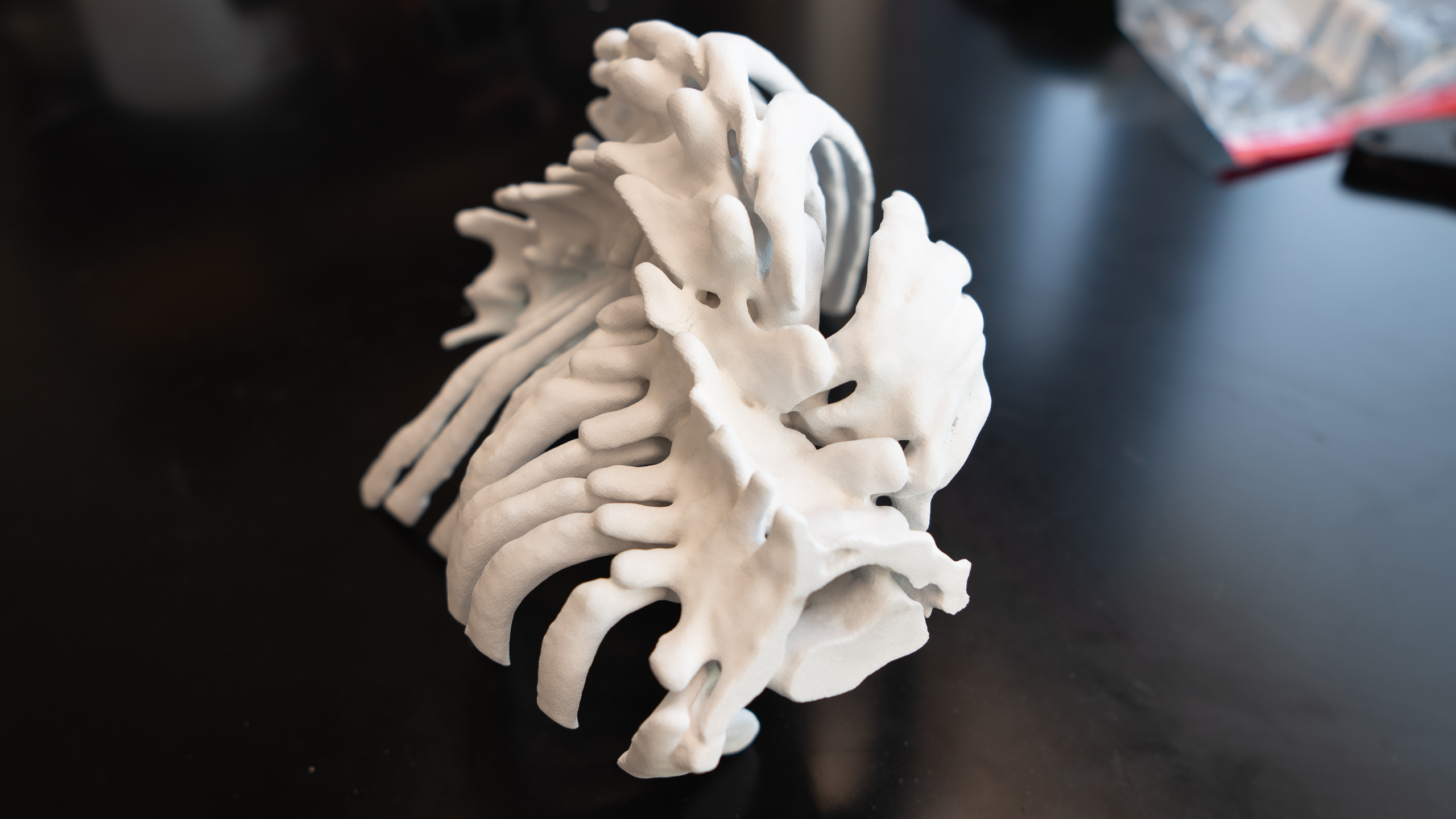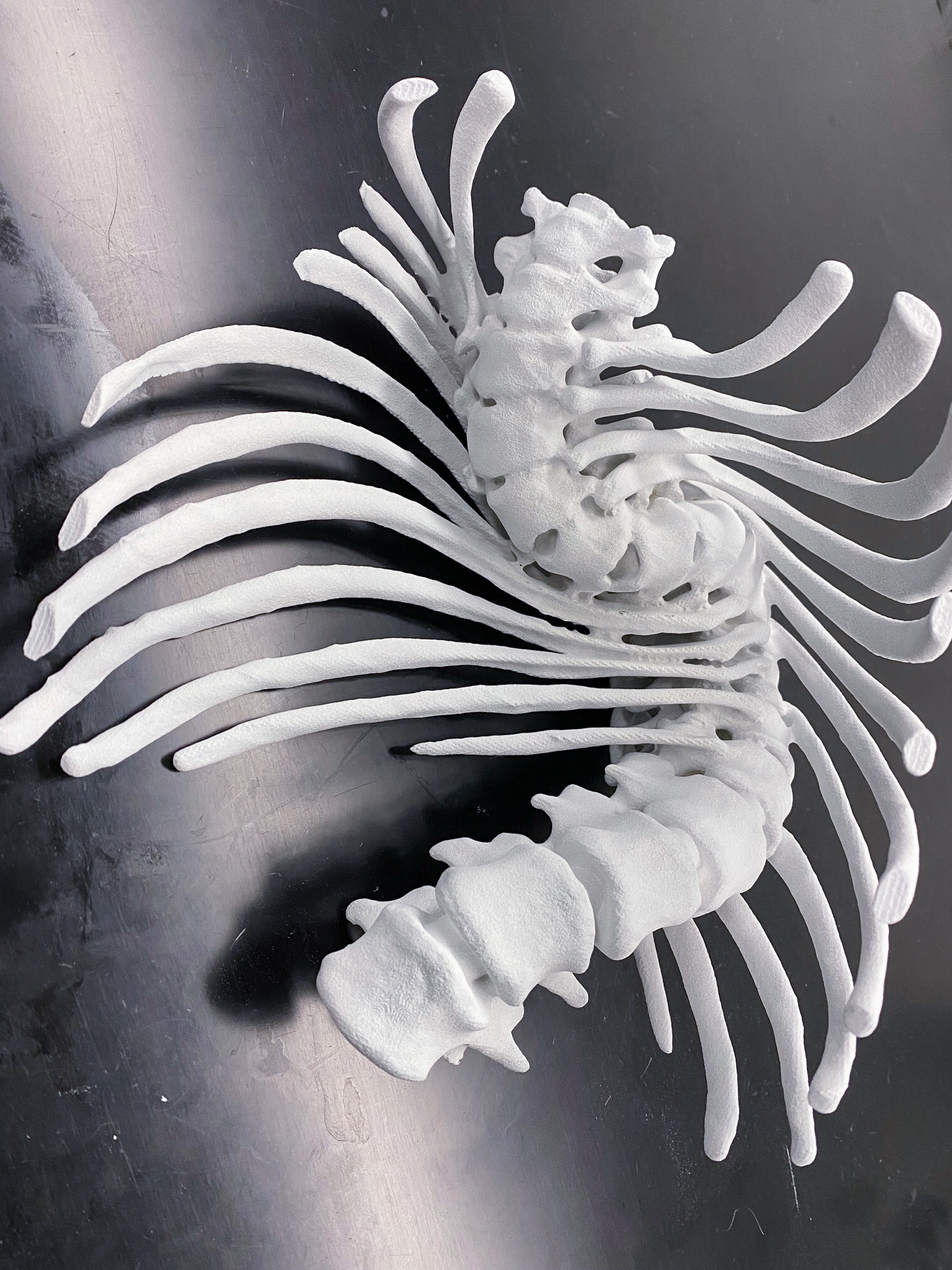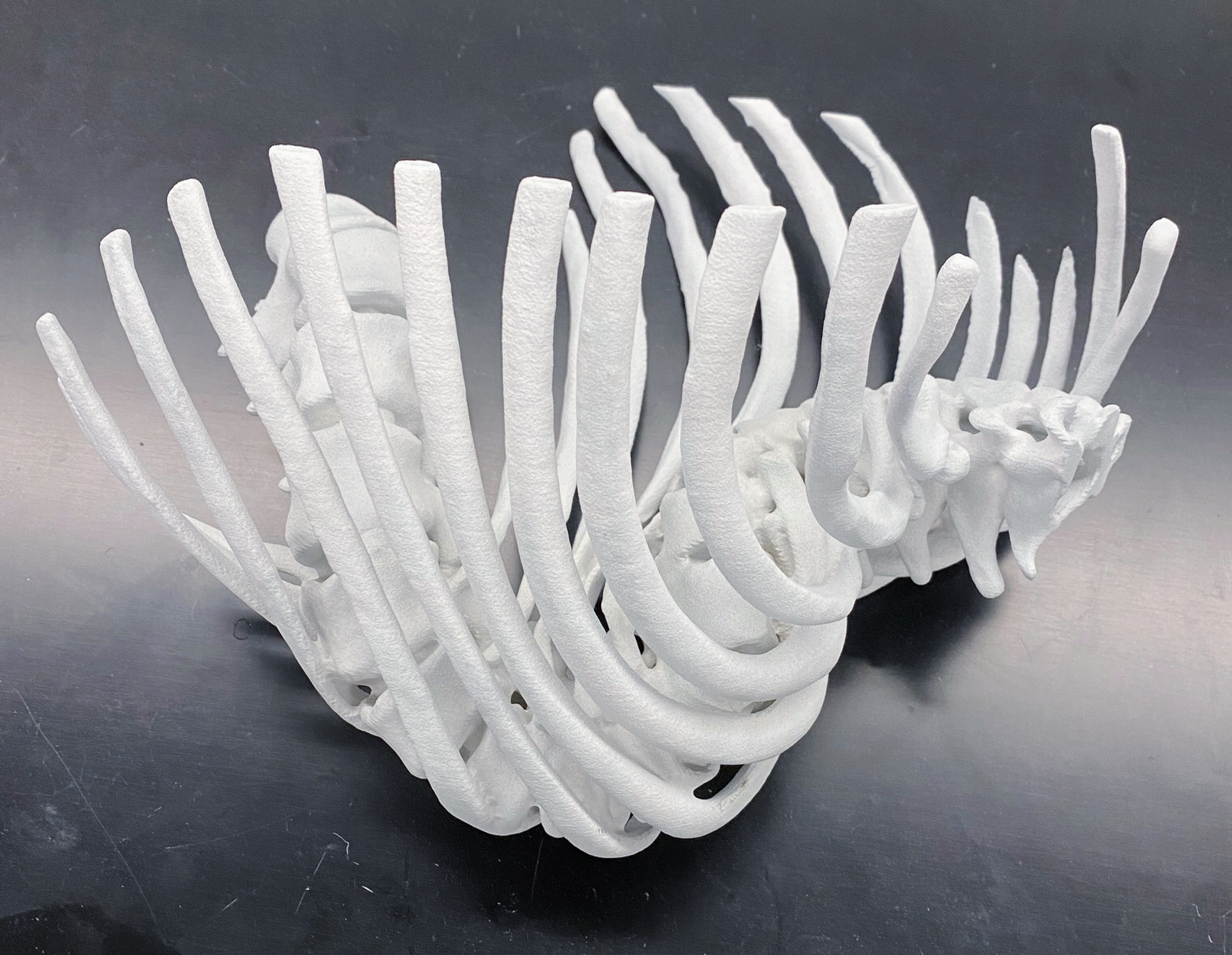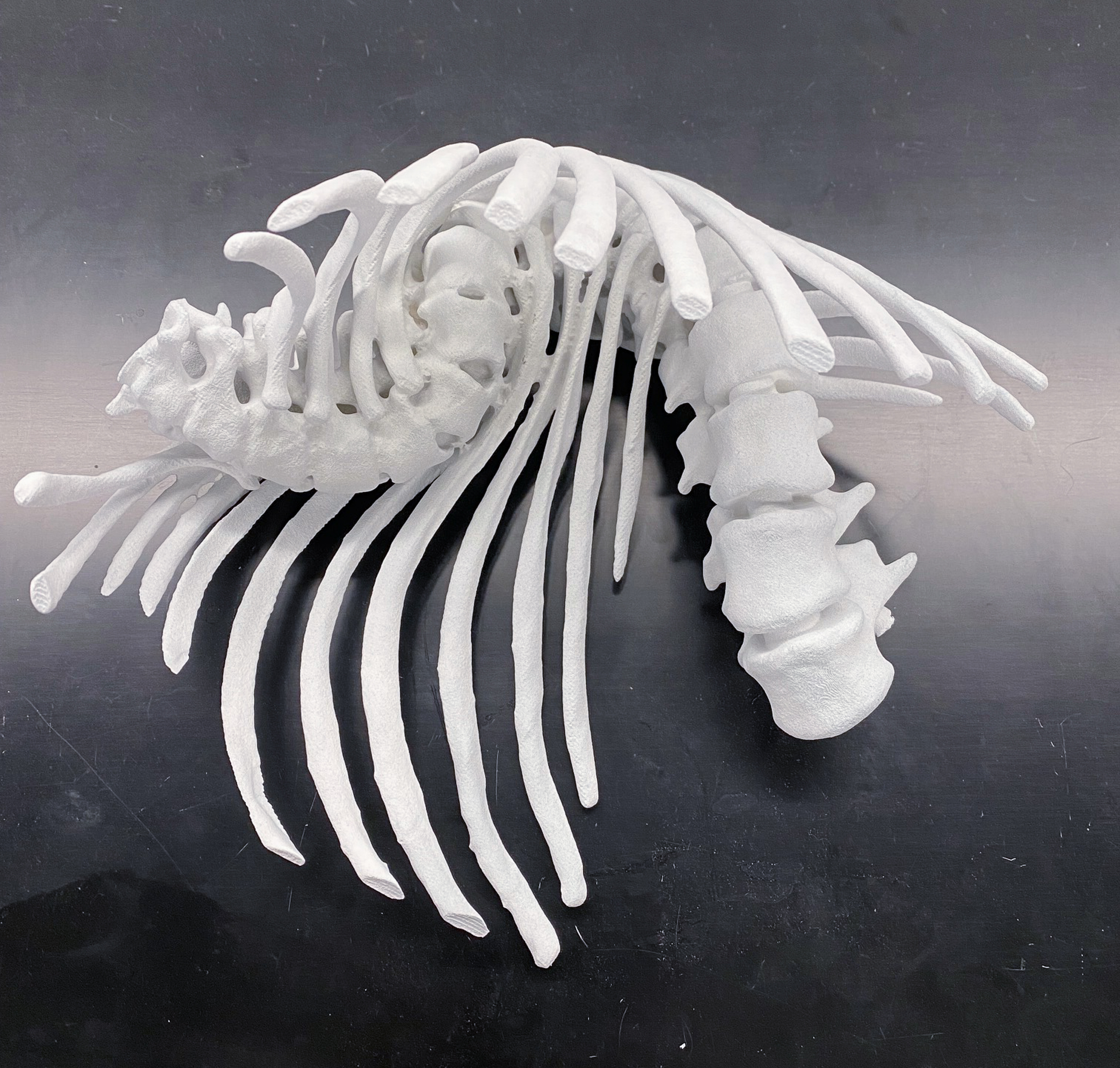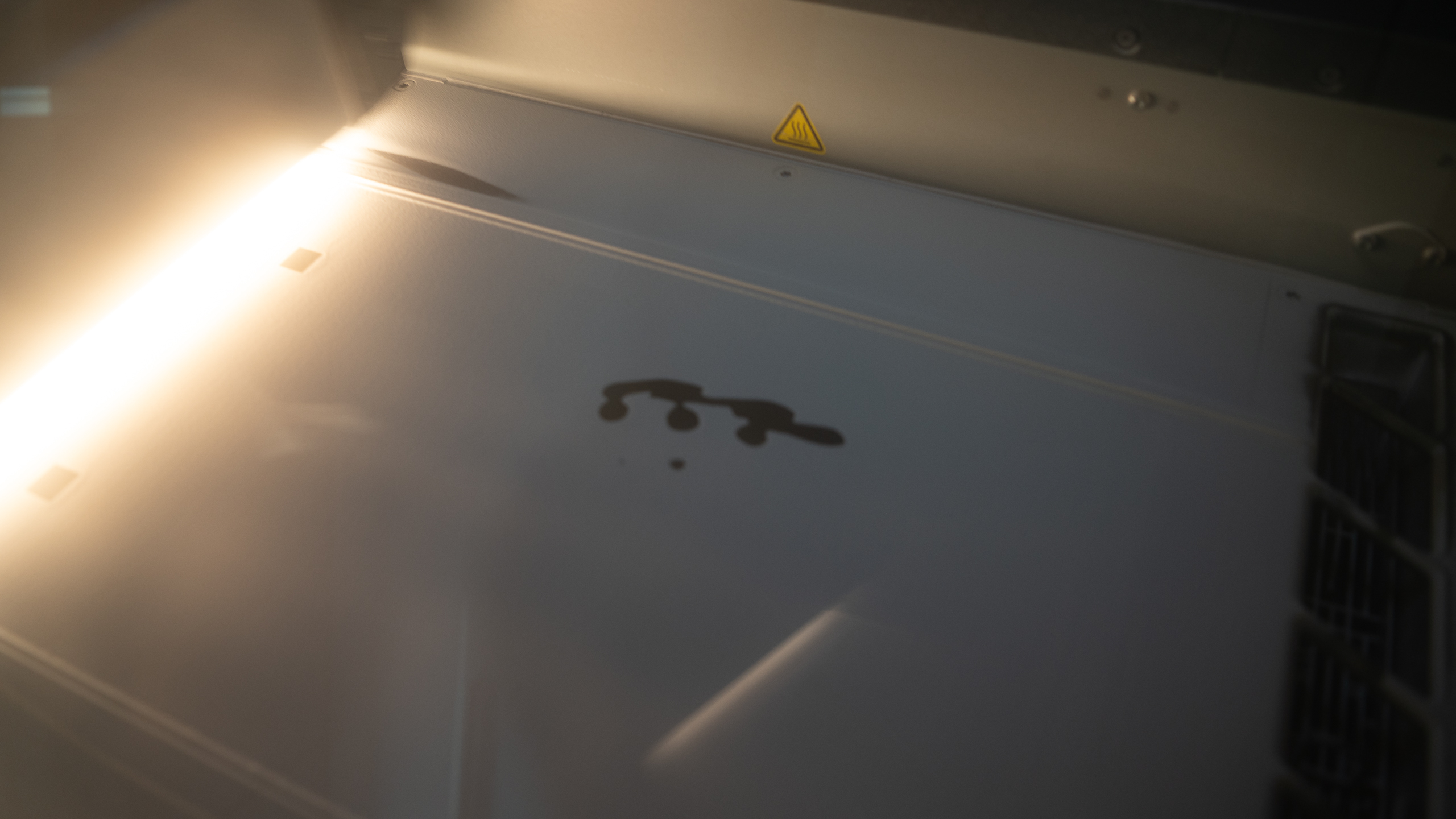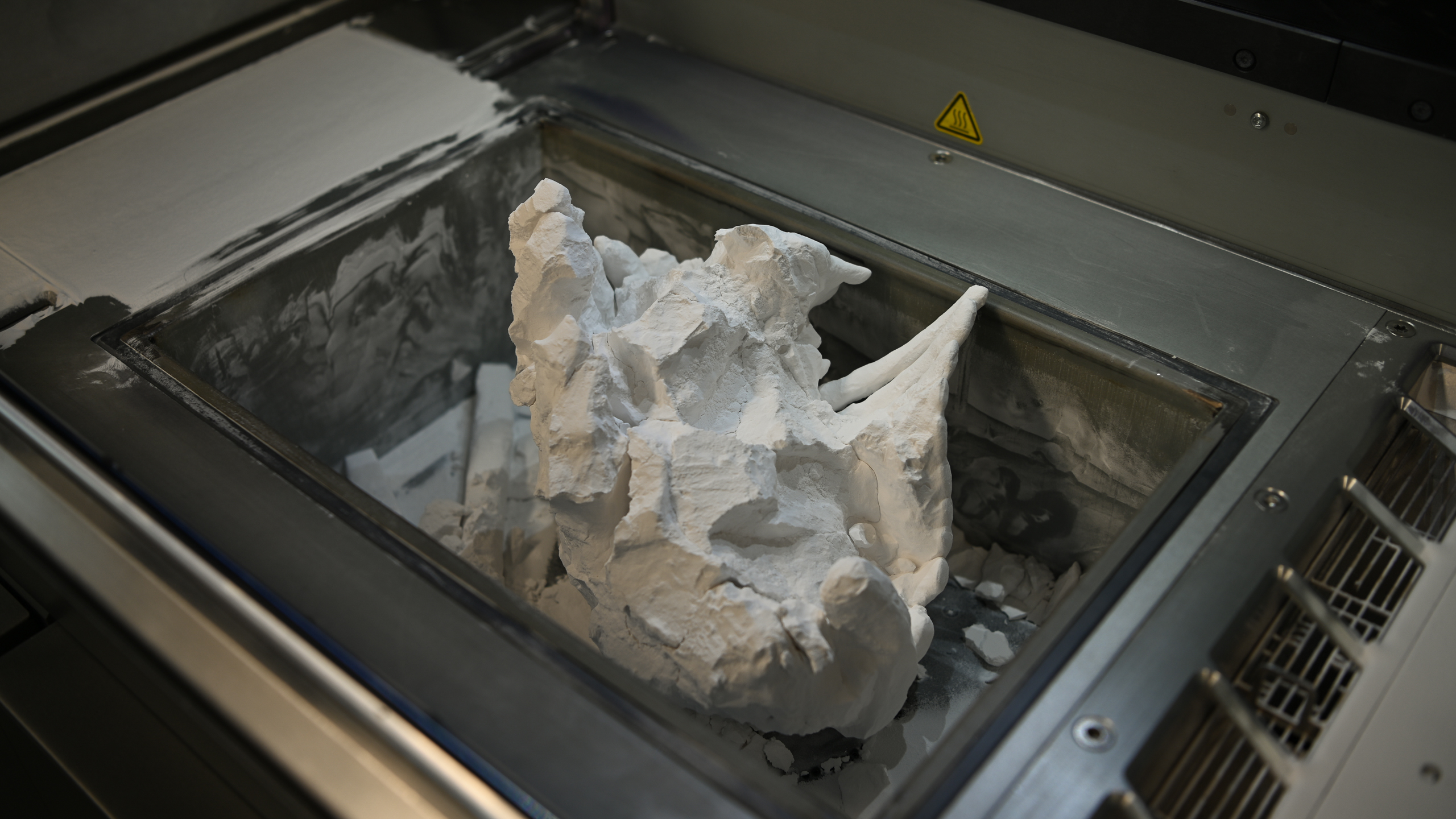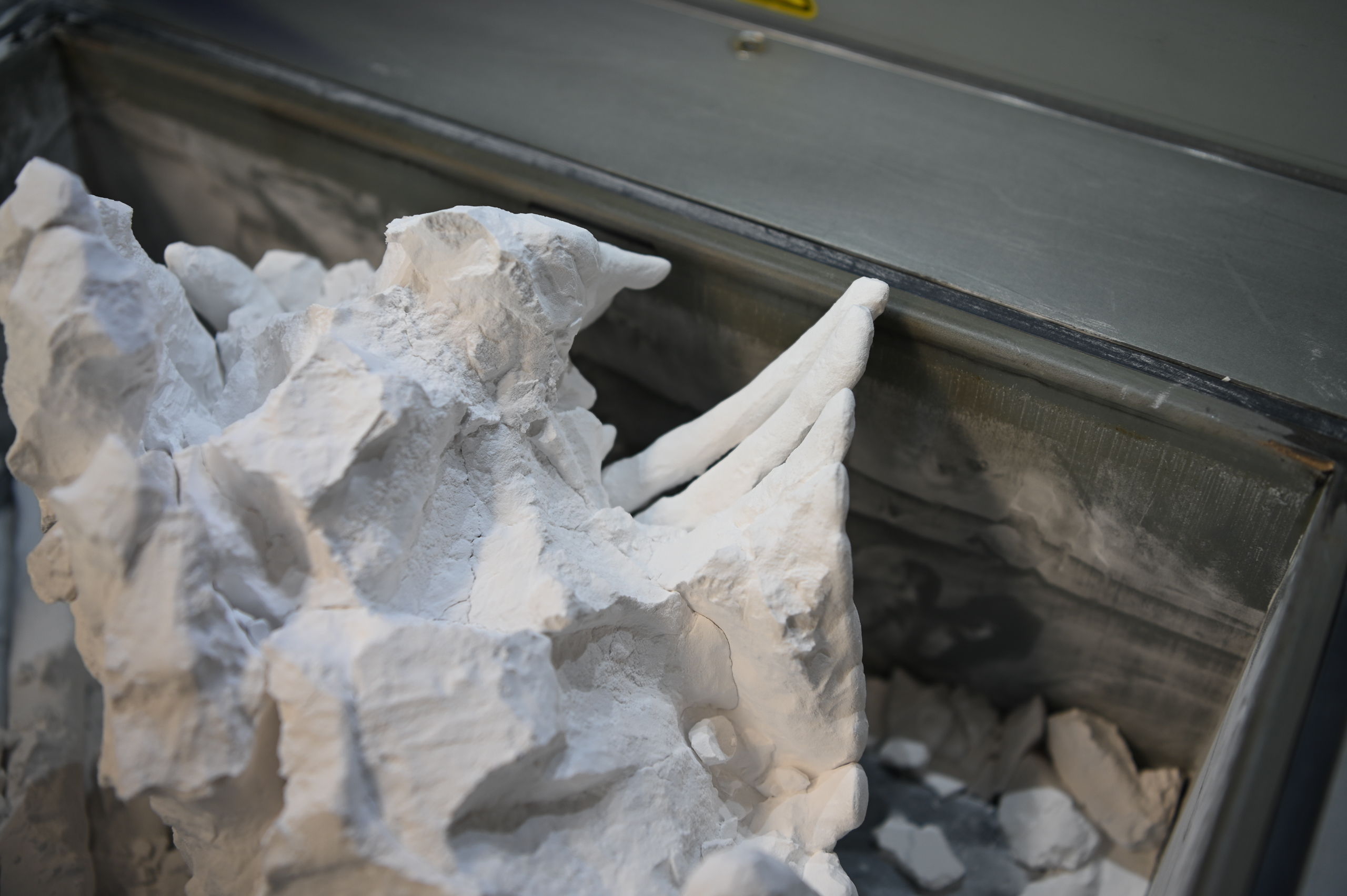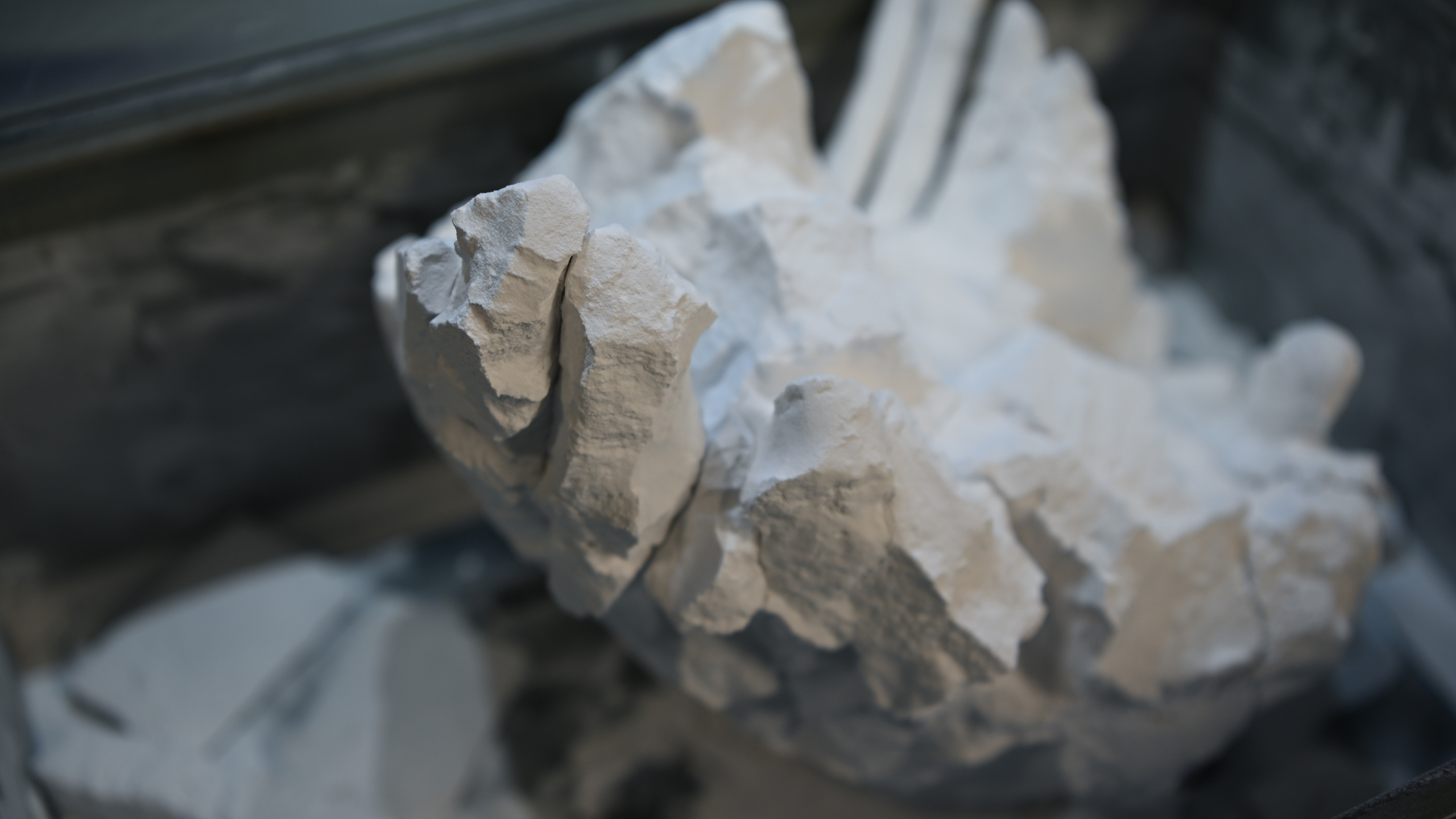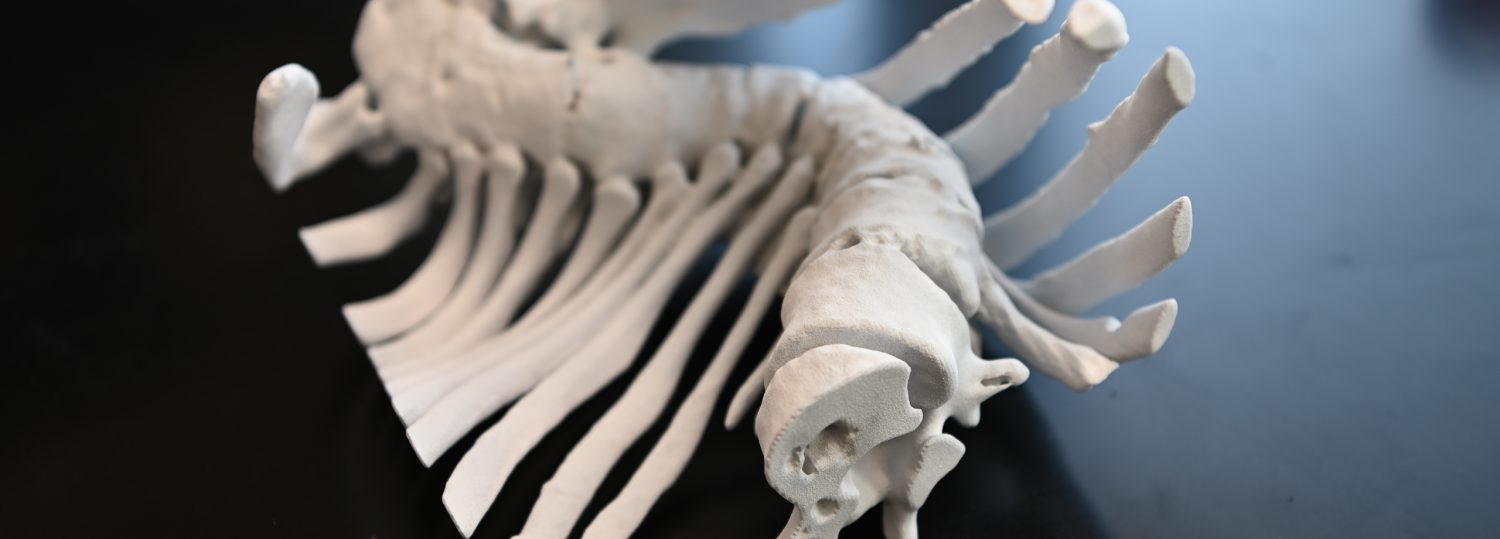For the past 30 years, 3D printers have printed medical models to help surgeons plan and rehearse surgeries. Now, this technology has progressed to the point that even complicated and rare procedures can be practiced like never before.
Ola Harrysson, the director of CAMAL, has been working on orthopedic research and 3D printing for the past two decades. After hearing of Harrysson’s extensive experience, James Sanders, Chair of Orthopedics at the UNC-Chapel Hill School of Medicine, reached out to him in 2019. This meeting would mark the beginning of their joint research in orthopedics.
“We started making a couple of medical models for him that he used to plan and practice very complex spinal surgeries on children,” Harrysson explained, describing the beginning of the partnership. “All three patients have severe scoliosis that is very difficult to plan without a 3D-model.”
To develop the models, the team at UNC performed a CT scan on the patients. This data was then securely delivered to Harrysson and his team of students: Mackenzie Marino, Michelle Pajak and Sam Hernandez. Once the team had the data, Marino and Pajak began importing and converting the 2D CT images into a 3D model using Mimics by Materialise.
Once Marino and Pajak finalized their model, they handed off the project to Hernandez to print. However, since the model needed the ribs and spine to be useful, CAMAL only had one printer that could fit the entire model. “We tried to use another printing process for one of the models because the surgeon wanted to try a transparent model,” Harrysson recalled. “We had to print this model in three sections and then assemble it. It was very tricky to divide such a complex model and it was difficult to put it together.” Being limited to one printer, especially for such a complex model, would mean a much longer print time and a much more punishing reprint time if the model needed adjustment. However, with his knowledge and skill with the printer, Hernandez successfully printed and cleaned each spine without issue.
Thanks to the team’s work, the first two surgeries were successful, with the third set for January 2023. With a long, three-decade history of helping surgeons plan and rehearse surgeries, printed surgical models are only becoming more common and powerful. “Today there are printers that can mimic almost any tissue in the body that allows surgeons to practice all kinds of surgeries,” Harrysson explained. “These models can also be used to train new surgeons instead of using cadavers.” Medical printing is also expanding beyond being a practice tool. Both metal and polymer printers are used to print custom implants for patients. The technology has also expanded to create custom drill and cutting guides that help the surgeons be more precise – a practice that Harrysson and his team are already well acquainted with.
